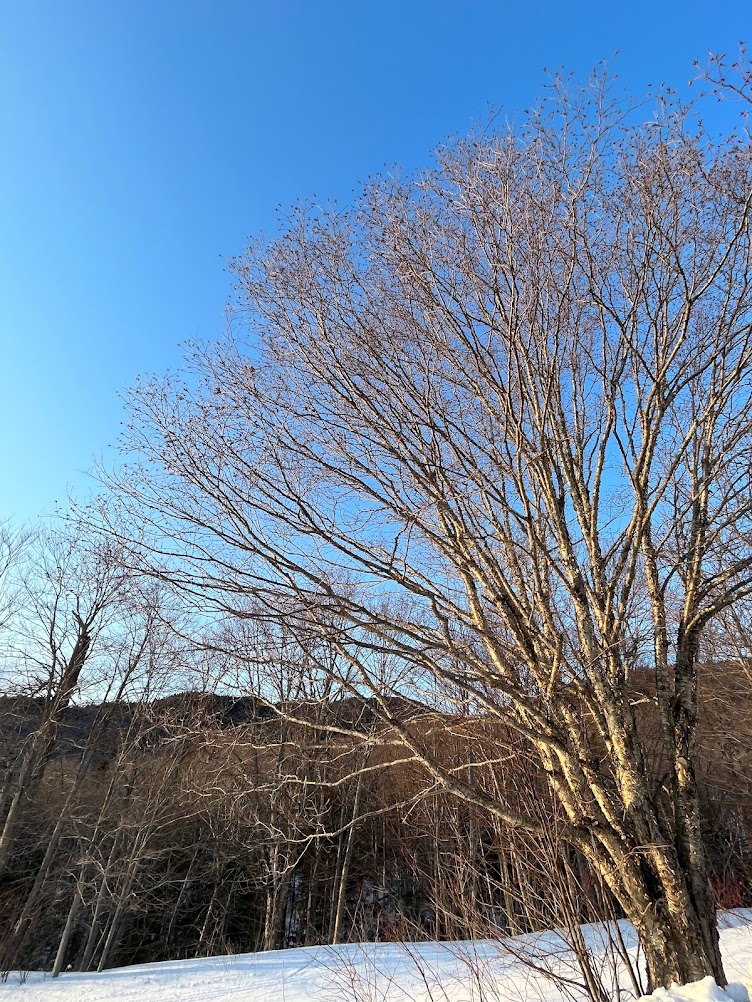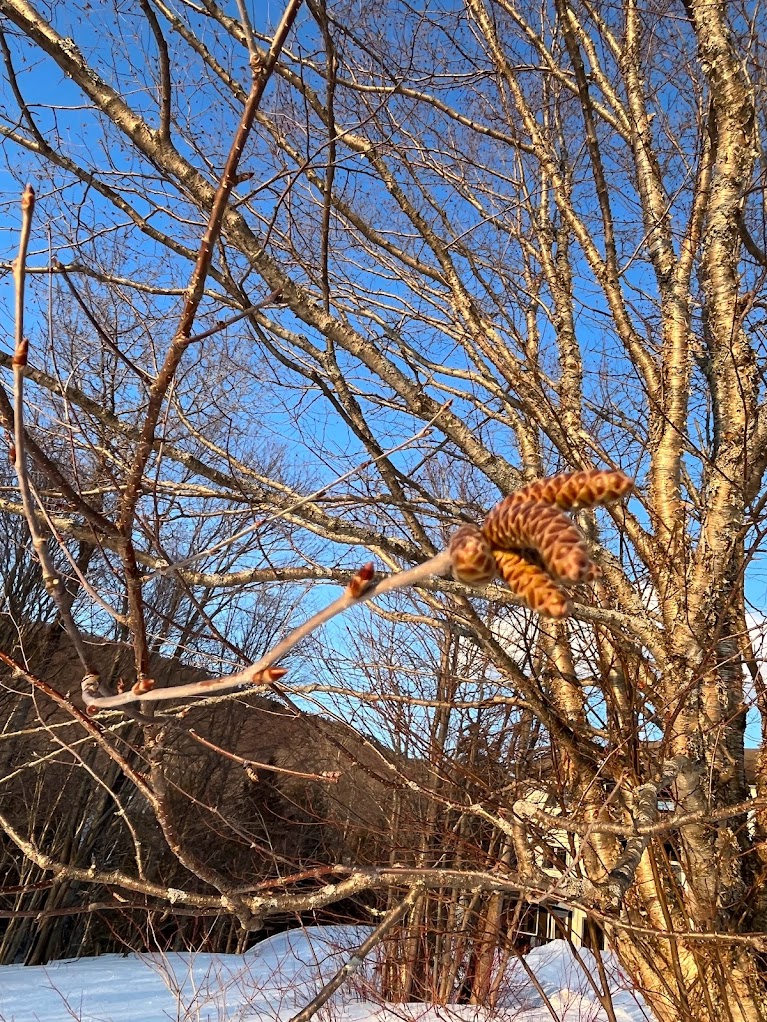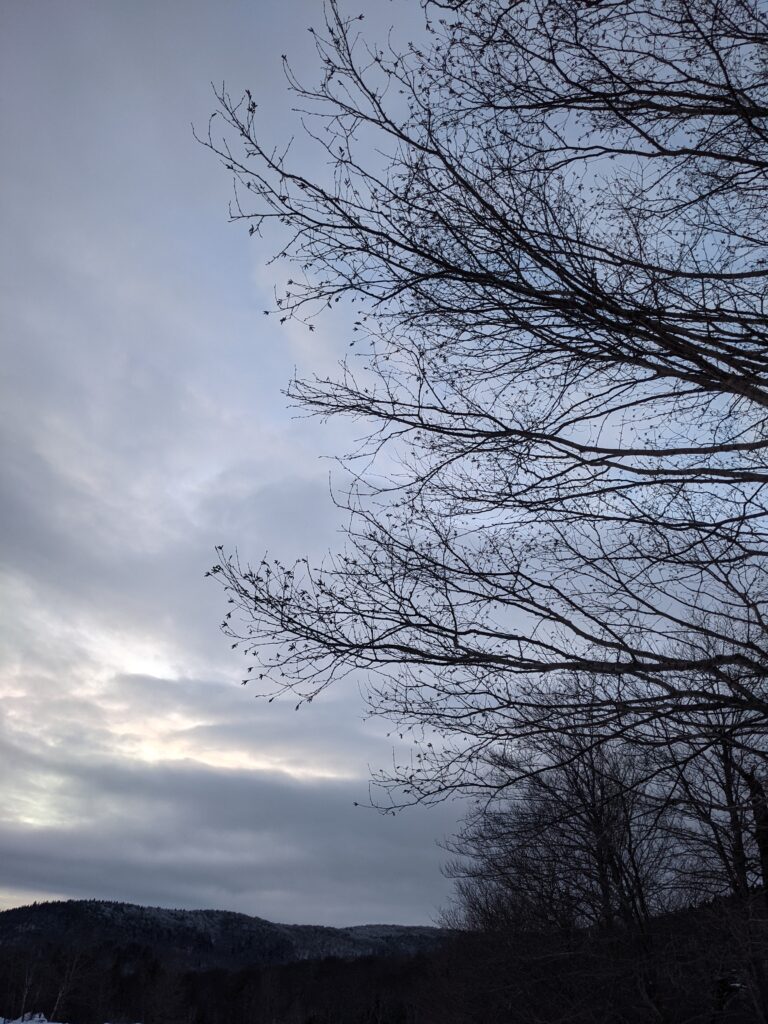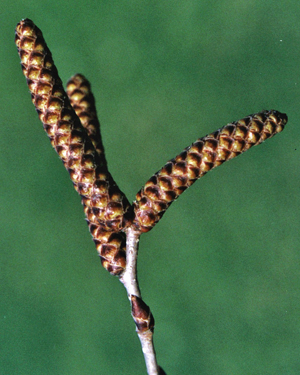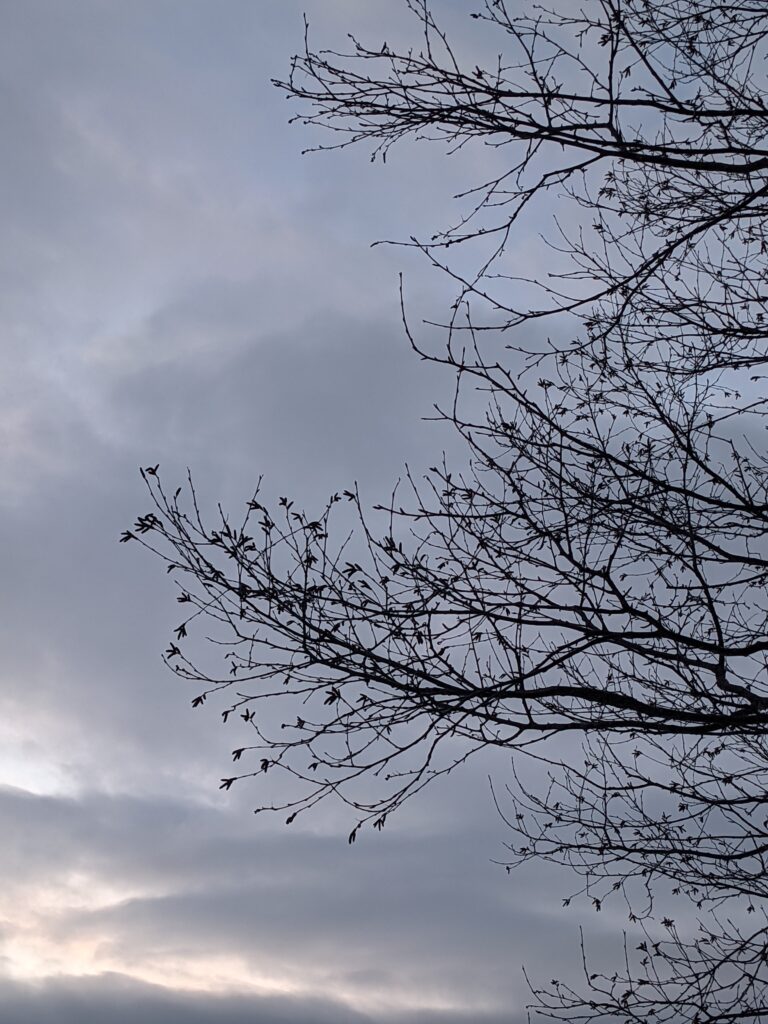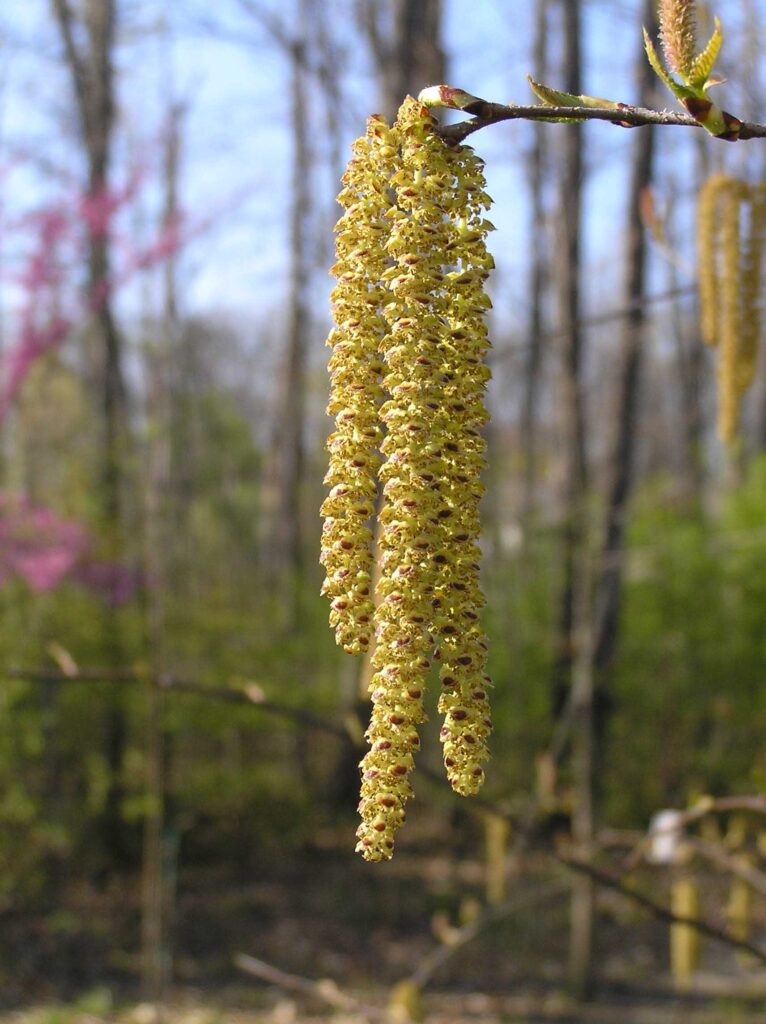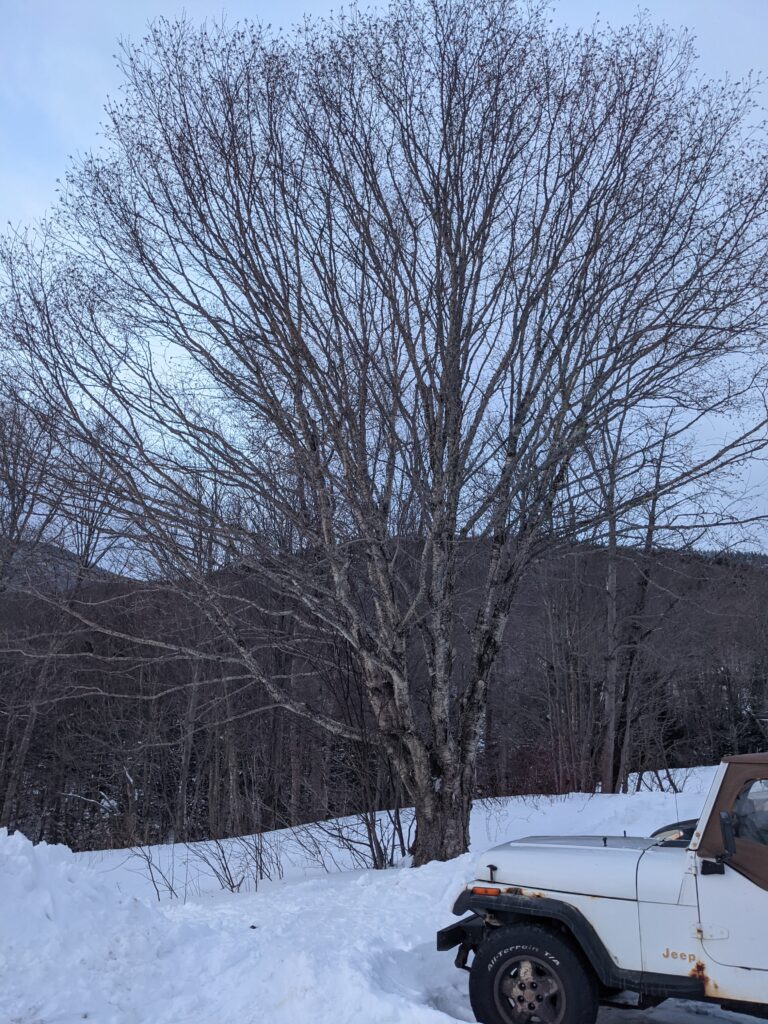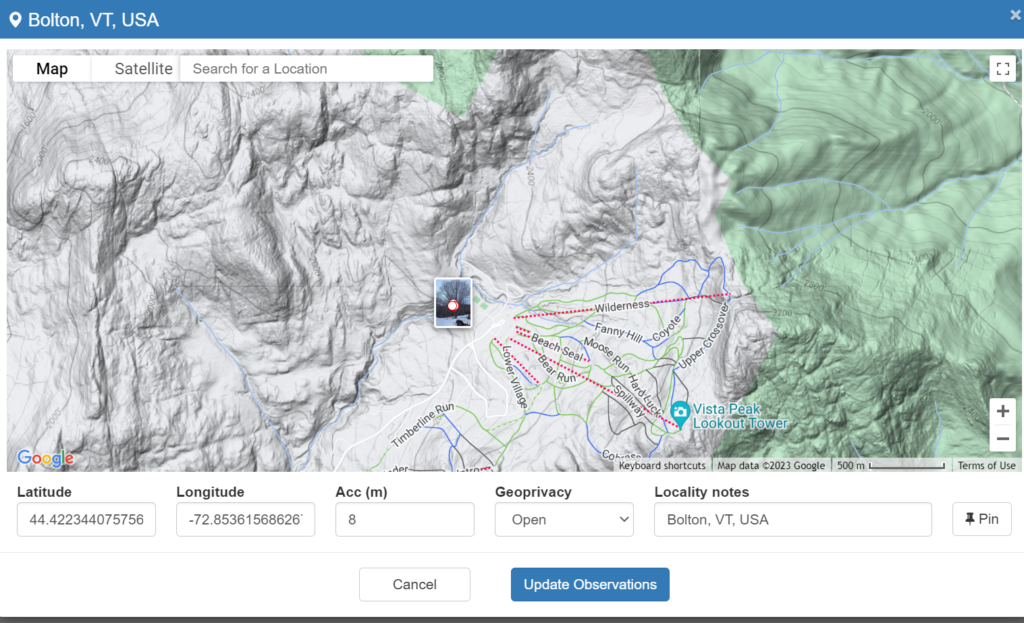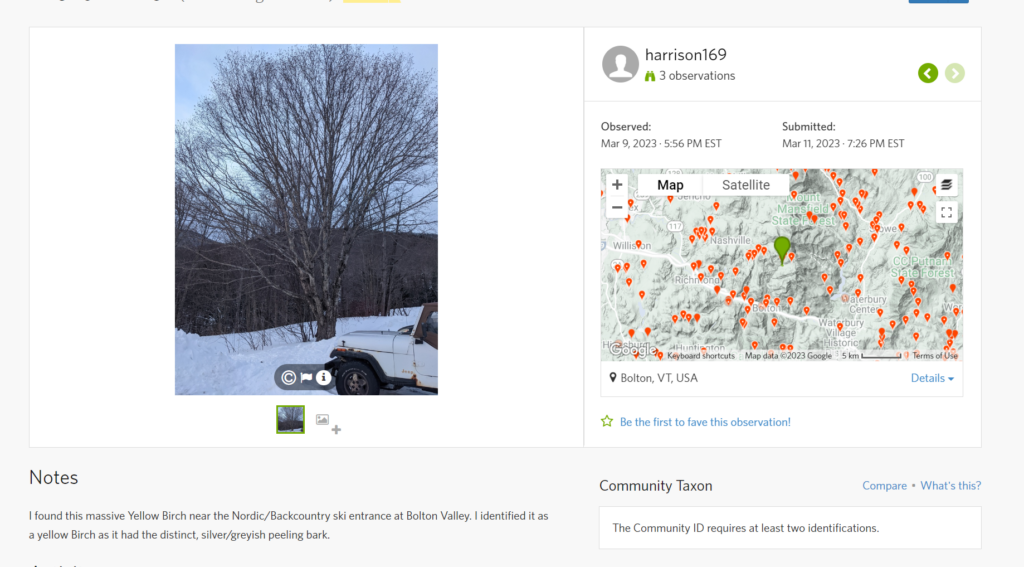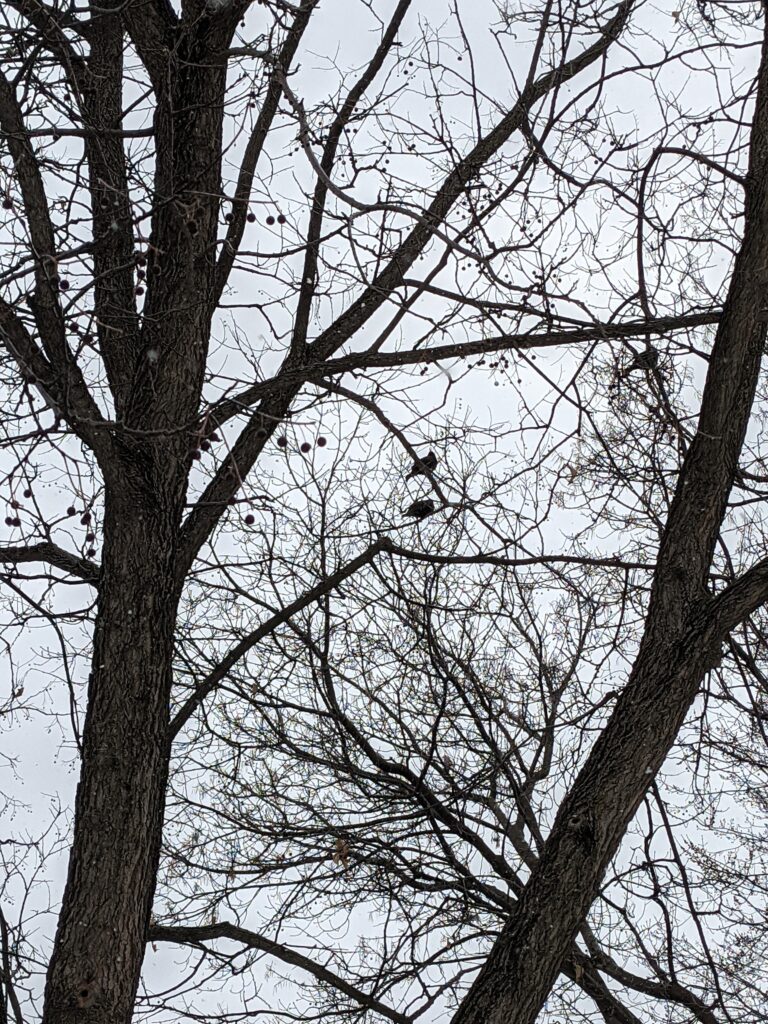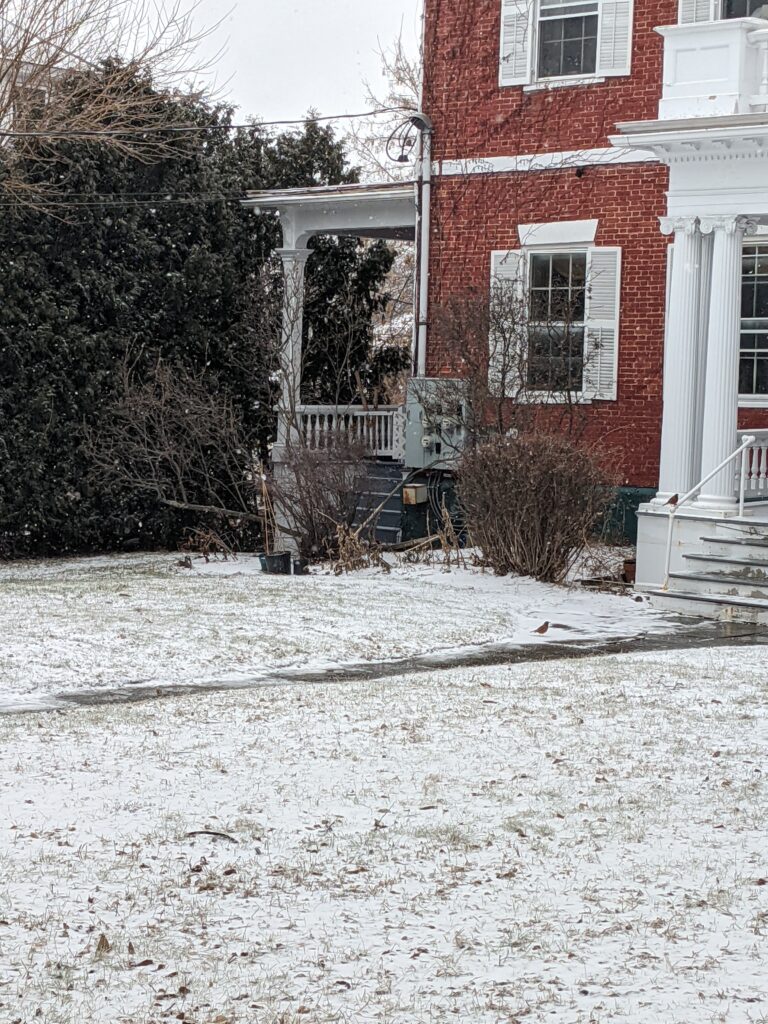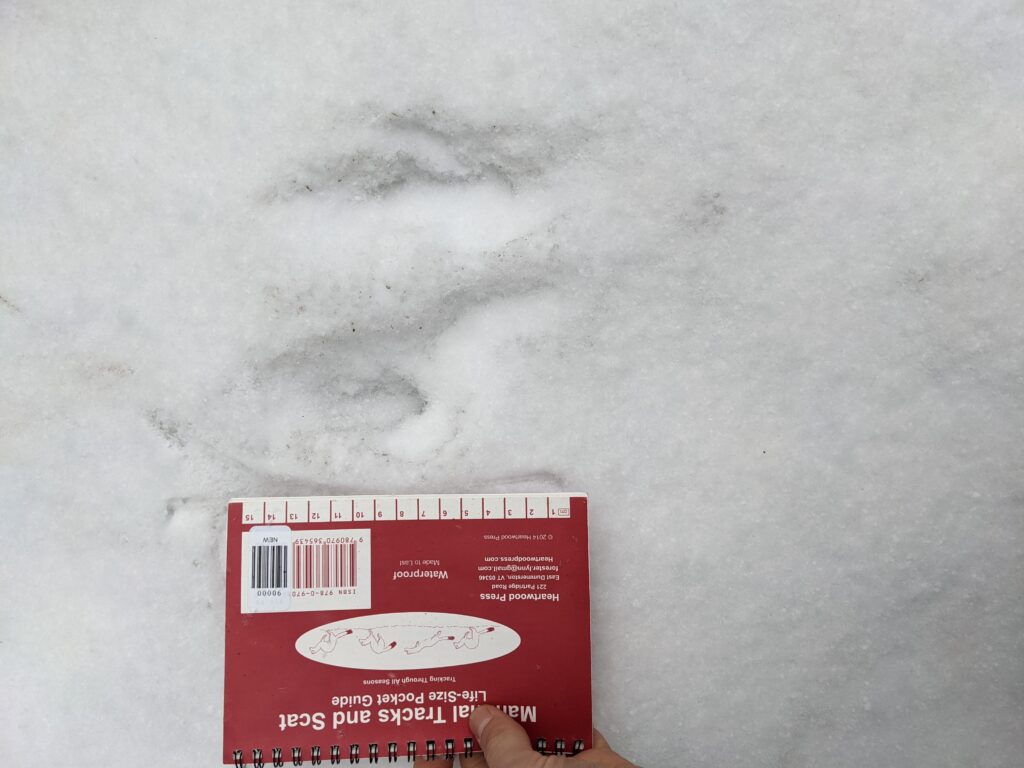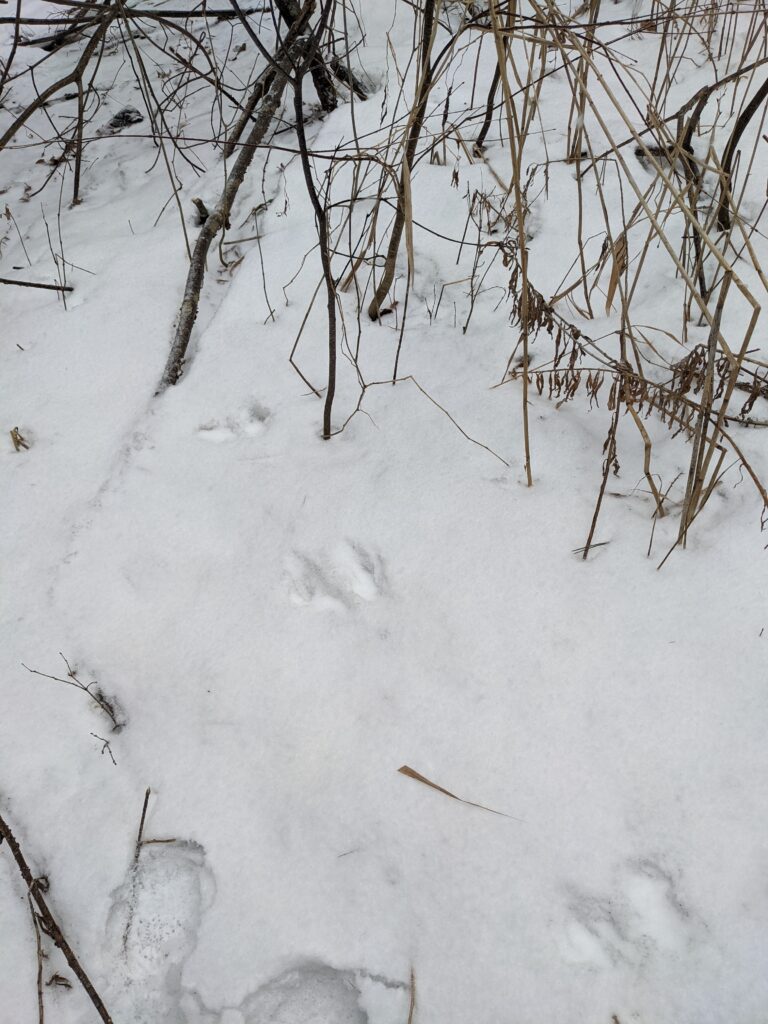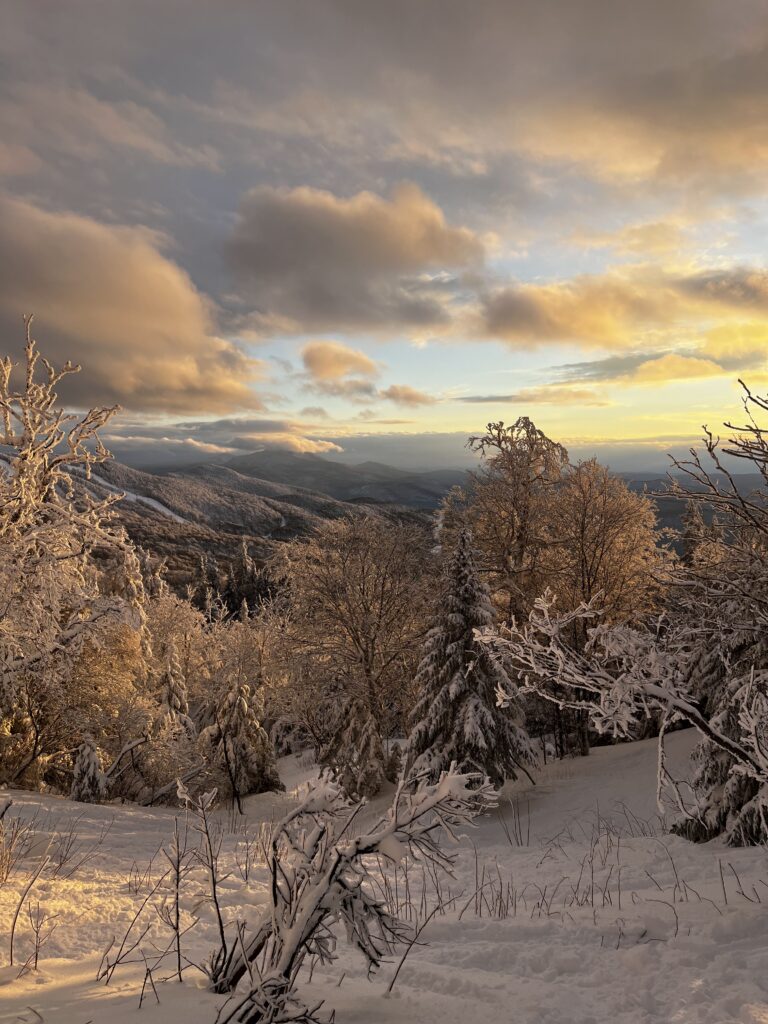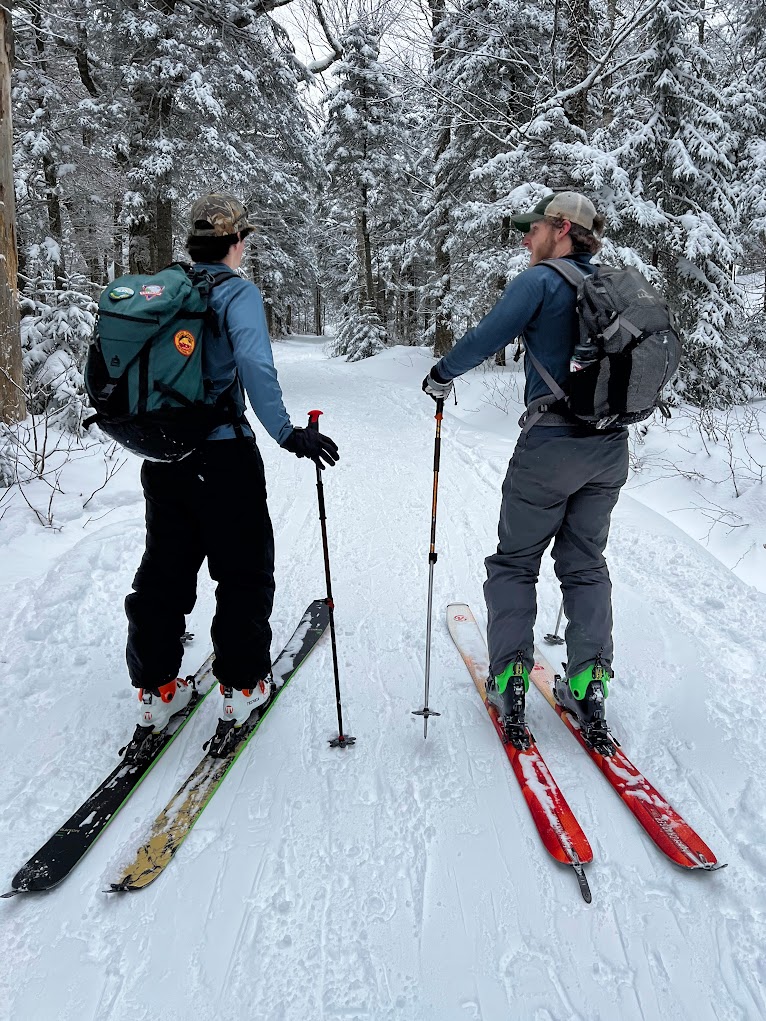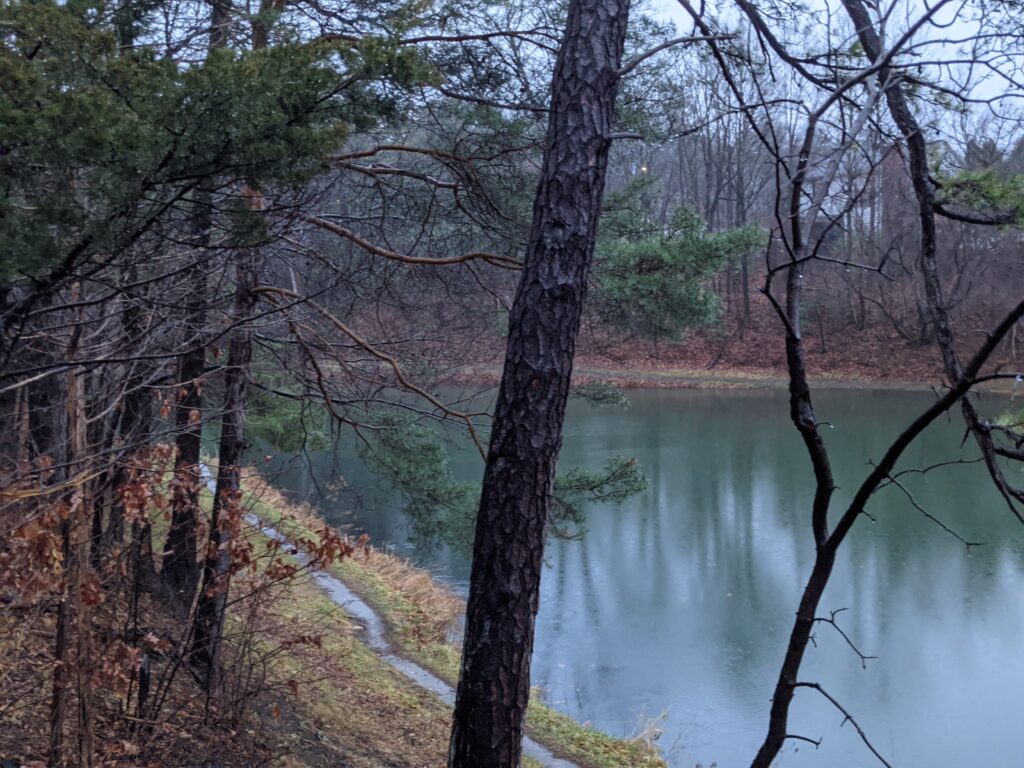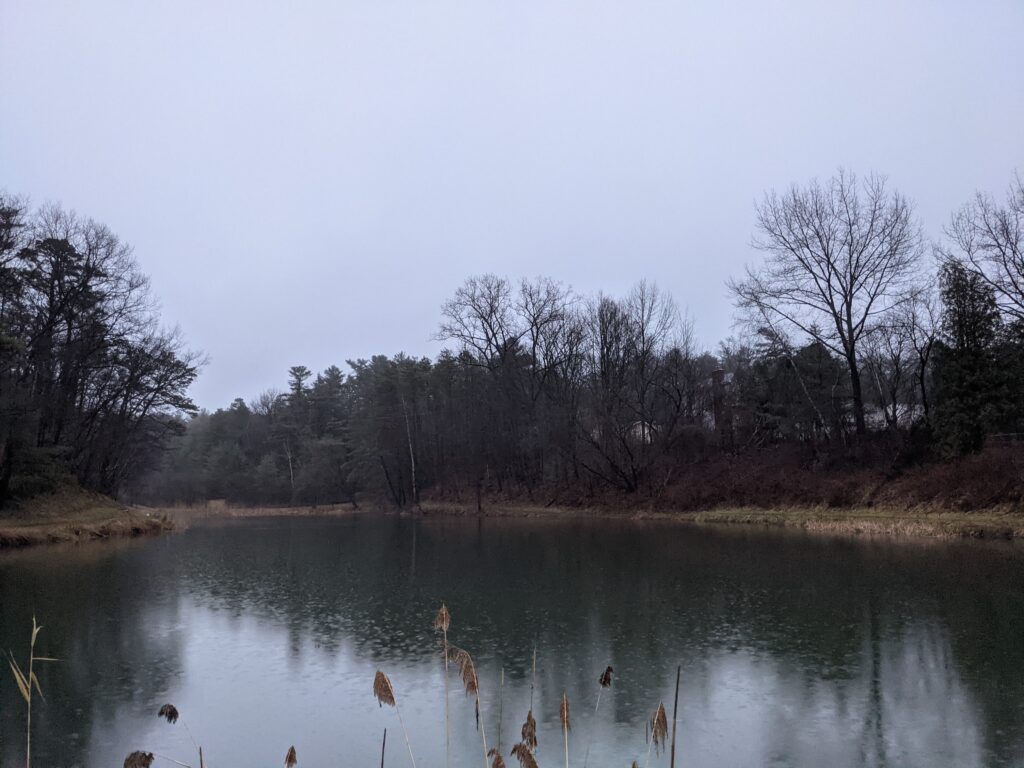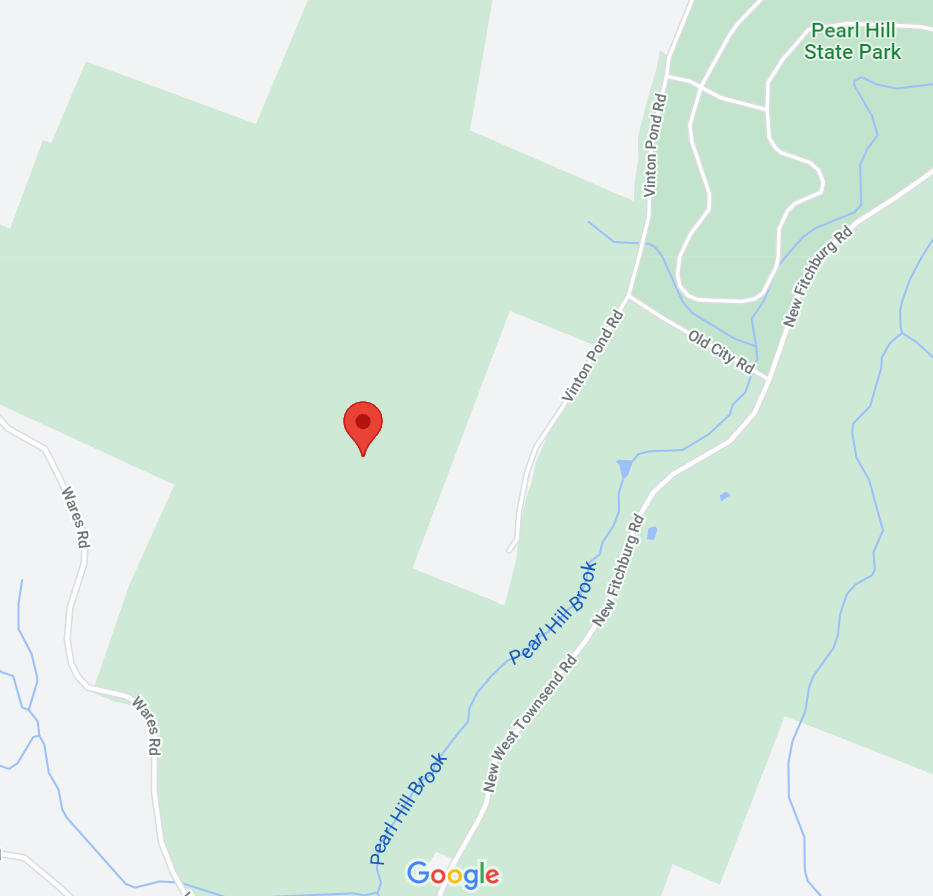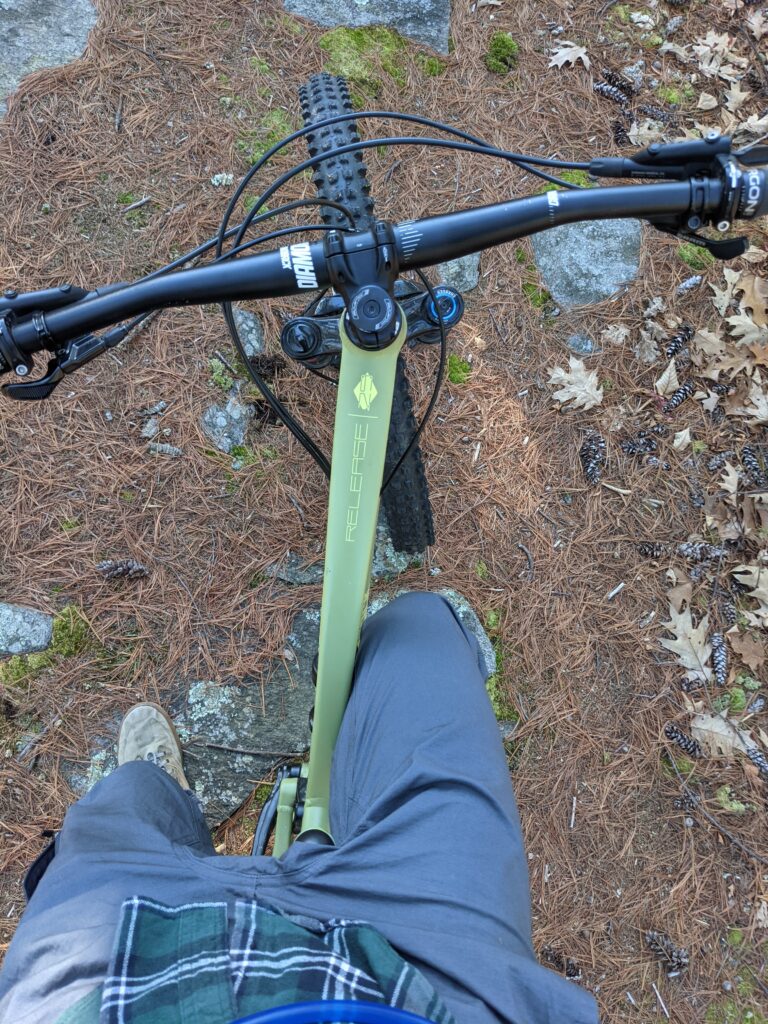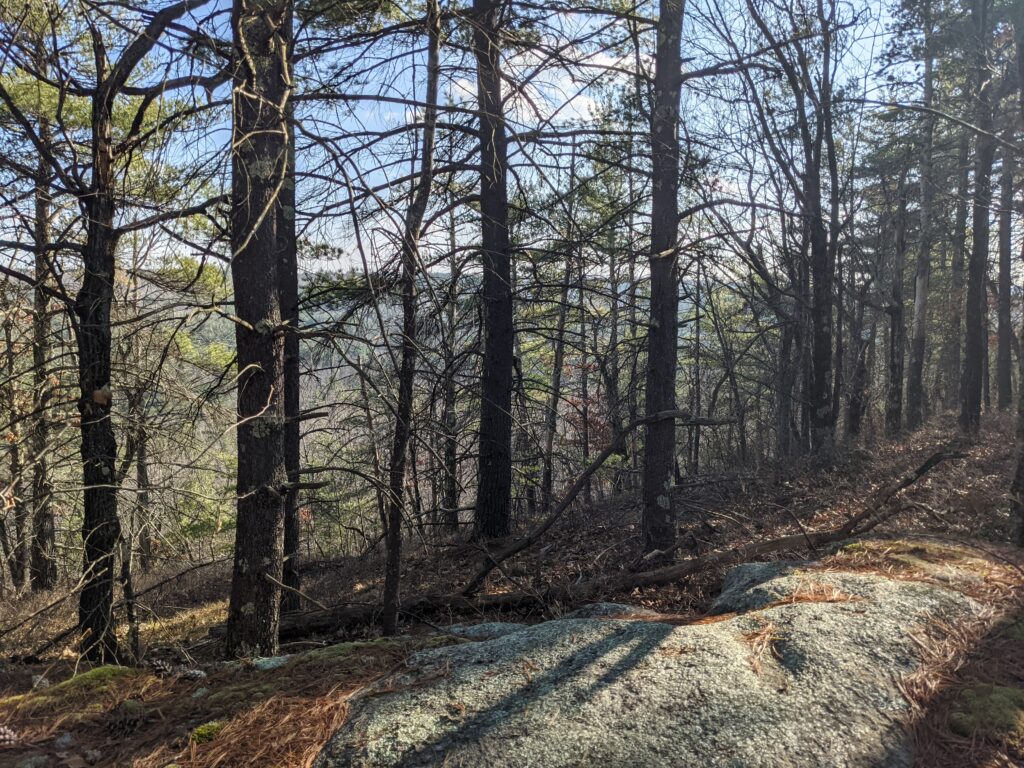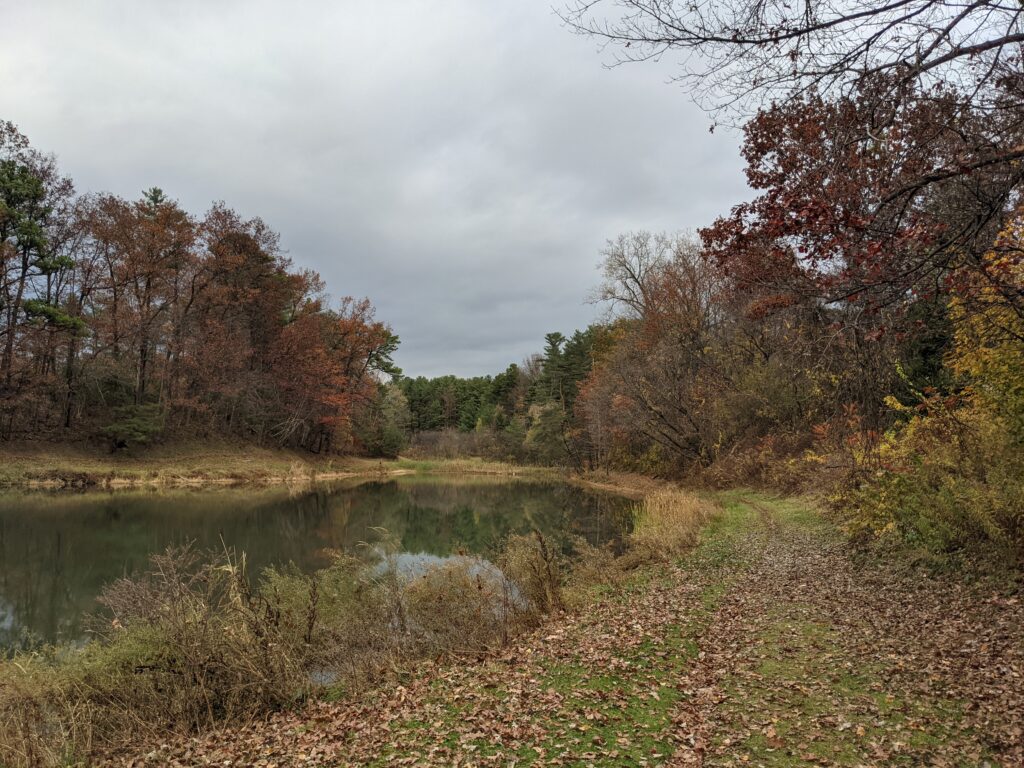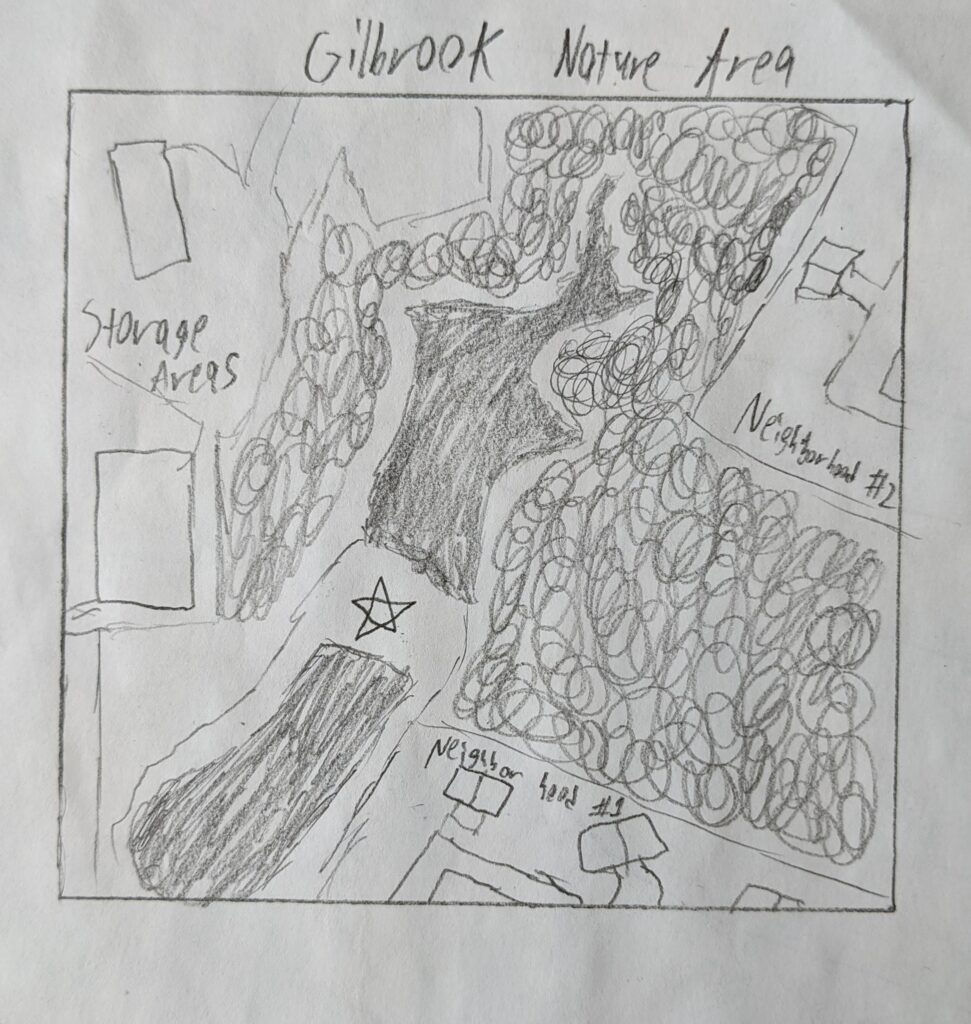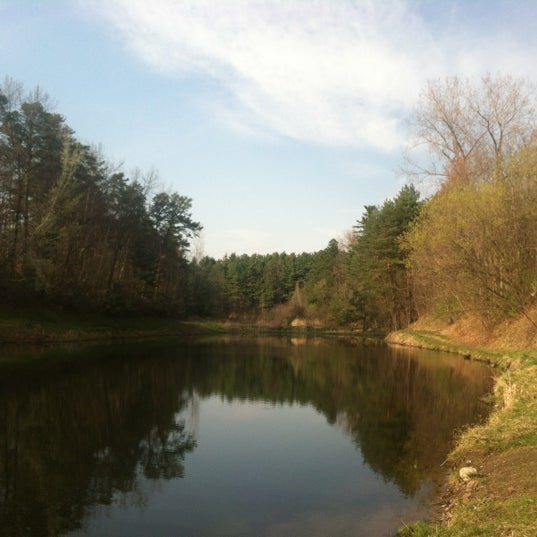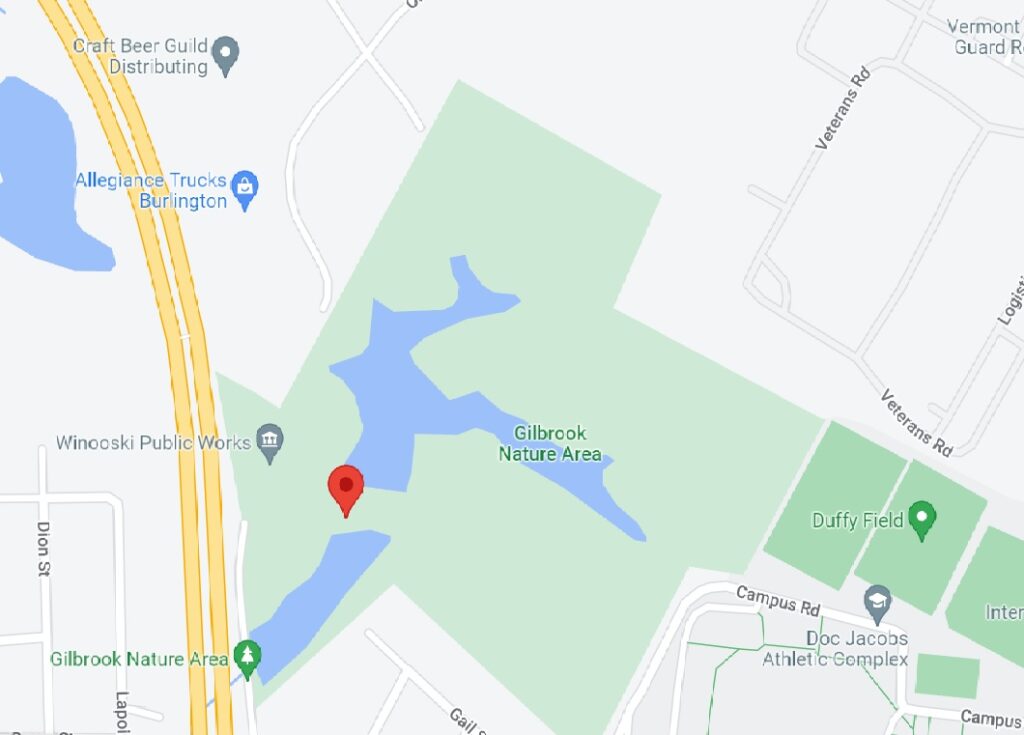Recently with the warming temps and frequent rain, many tree buds have been waking up all across Bolton valley, especially the Paper birch I have selected.
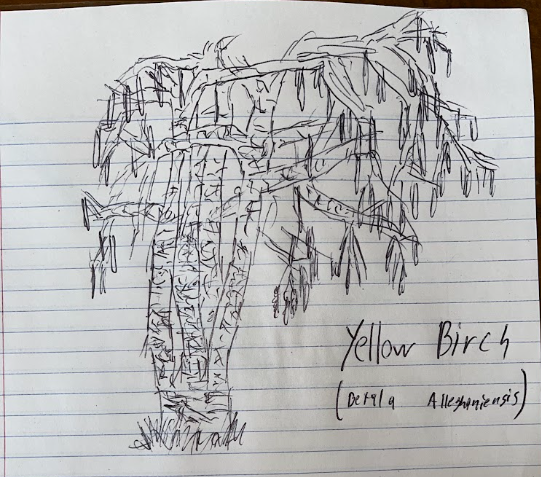
While previously all of the flower stalks had been a dark brown and barely opened, most of the brown scales have begin to shed revealing small, delicate white/green flowers. They stalks are very reminiscent of Willows flowering.
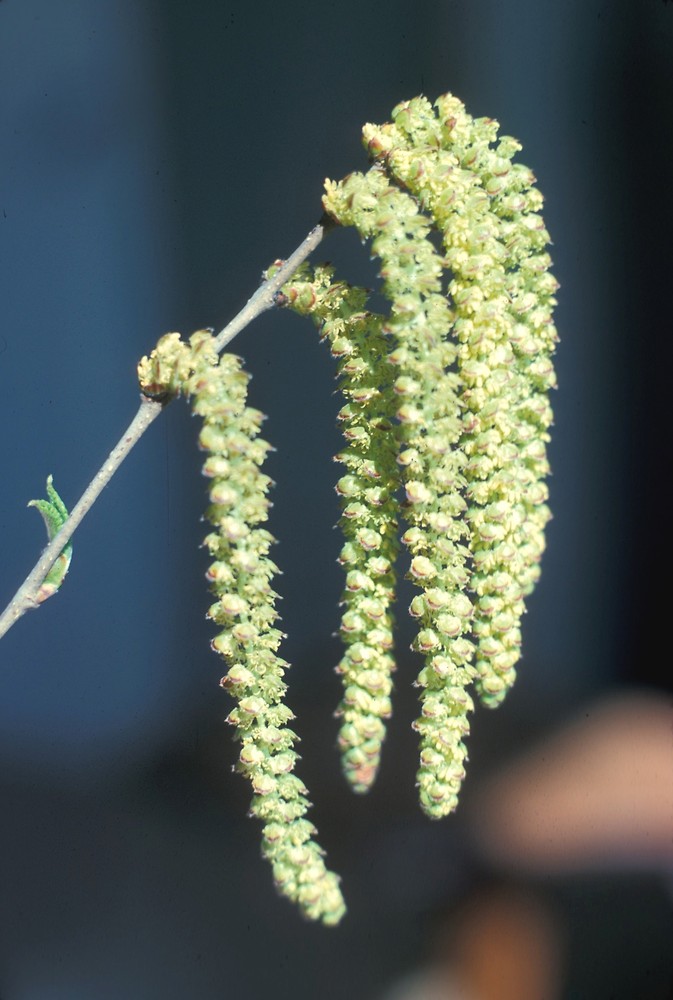
Aside from the development of the stalks, there were not that many major impacts on the phenology of the tree. Despite the storms we may have gotten, this birch is very developed and did not loose any major branches throughout the winter. I found that the flower stalks themselves developed very quickly, but took a much longer time to flower. Once they started showing signs of the scales opening however, they opened very quickly and are currently shedding seeds.
I’ve spent a lot of my time at Bolton this semester due to skiing. I enjoy both night skiing and the backcountry that they have available and it is a great location near campus to get outside into nature.
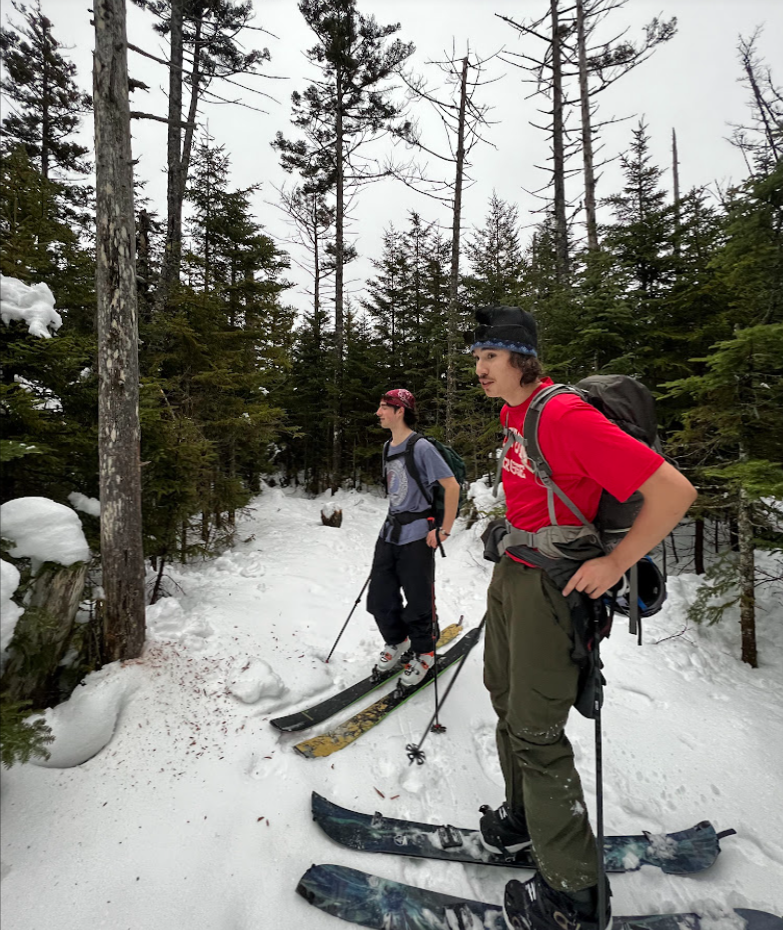
This makes Bolton Valley a very interesting area since there is so much biodiversity compared to the land not even 20 miles away, however there is a lot of human interactions. Especially going into the backcountry, I try to be aware about where we skin so as to not disrupt local fauna or flora. After reading Burning the Shelter by louis Owens, I started to rethink about what nature is and how we can interact with it. I think it is very important to have these healthy interactions so as to understand our role with the natural world and what we gain from it.
